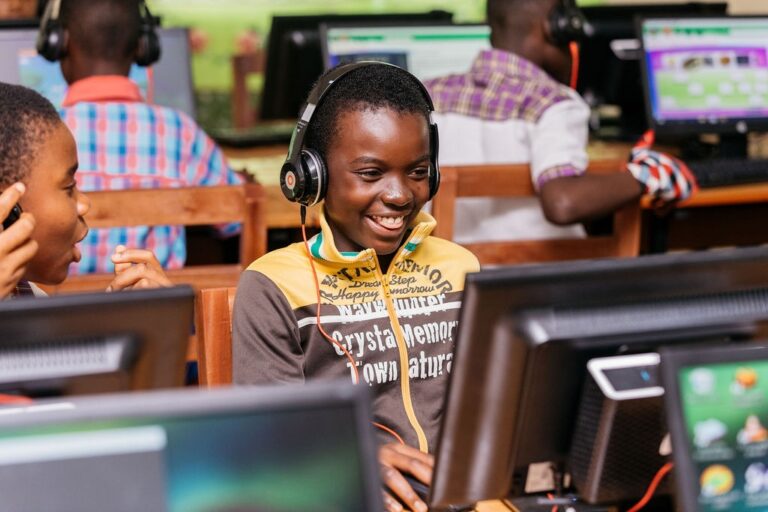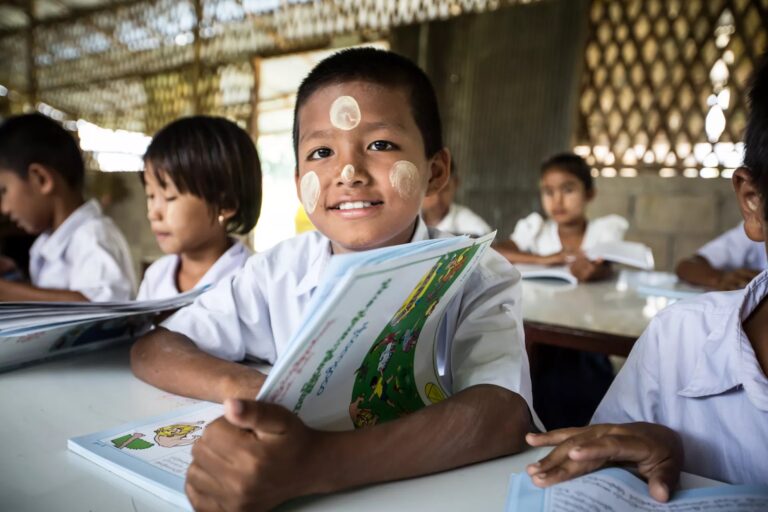
Timed to coincide with next week’s Global Disability Summit co-hosted by United Kingdom Department for International Development, the Government of Kenya and the International Disability Alliance, we have produced a summary of content related to disability and education from our reports dating back to 2010. This summary provides background to those attending the Summit as well as those aiming to take part in the ongoing online consultation for the 2020 GEM Report on inclusion and education.
The summary gives ten key messages with accompanying evidence:
- Most countries have committed to protect the right to education for people with disabilities, which offers a basis for accountability.
- But assessing compliance with this right is complicated by blurred definitions and a lack of monitoring mechanisms.
- Organizations of persons with disabilities, as well as families and communities, can play a significant role in monitoring country commitments to the right to education.
- There is a lack of concrete data showing the true scale of disabilities worldwide and its link to education, although this should improve soon.
- We know that marginalization is more acute for children with disabilities.
- A relatively larger share of children with disabilities live in poorer countries.
- Children with disabilities are less likely to attend and complete primary school
- Those with disabilities are more likely to be without basic literacy skills
- Disability intersects with other disadvantages to exacerbate children’s disadvantage.
- Poverty is both a potential cause and a consequence of disability
- Girls and those in conflict with disabilities can be especially vulnerable.
- Different disabilities create very different education-related challenges
The summary also lists ten recommendations on education policies highlighted in previous GEM Reports as being able to counteract marginalization ca used by disabilities:
used by disabilities:
- Governments should fulfil Convention on the Rights of People with Disabilities commitments to set up mechanisms for coordination, independent monitoring, enforcement, complaint and reparation.
- Measuring progress in education for children with disabilities requires also having measures based on nationally representative household surveys, rather than only on children who are in school.
- Governments should develop inclusive curricula to help break down barriers faced by children with disabilities in the classroom.
- Separating children from their peers or families is detrimental to their development and potential.
- Teachers must be supported with training and pedagogical tools to reach children with special needs.
- More teachers with disabilities should be hired.
- Multiple sectors should provide early childhood services to reach children comprehensively.
- Approaches to support people living with disabilities should involve the community to alleviate societal barriers to progress.
- Countries should enforce minimum standards on school accessibility for children with disabilities.
- Additional funds are required to meet the education needs of children with disabilities.
Help us develop these recommendations further and explore new areas of research as we begin our work on the 2020 GEM Report on inclusion and education. Take part in our online consultation, running in the next eight weeks.
CONTINUE READING AT AUTHORS WEBSITE >>



![[Preliminary Report] CRNA Collaborative Research for Exploring Factors Nurturing"Happy and Resilient" Children among Asian Countries](https://equity-ed.net/wp-content/uploads/2024/09/1725672182698.jpg)


